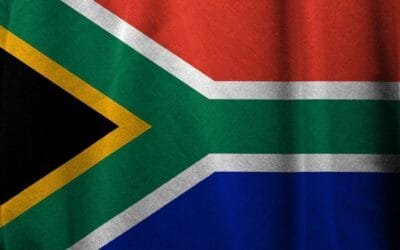Too many people don’t read any books at all and some read only books with lots of pictures and simple words. However, at the other end of the spectrum, there are people who think nothing of digging into books that run into multiple volumes. This column is for them.
The thought of reading a multi-volume book can be daunting. But, as with other daunting things, sometimes when you just go do it you find it isn’t nearly as much of a problem as you thought.
The longest multi-volume work that I have ever read was Winston Churchill’s six-volume History of the Second World War. I got it as a premium for joining one of the book clubs and thought it would look good on the shelf. But I had no plans to read beyond the first volume — which was The Gathering Storm, a penetrating history of the events leading up to World War II.
Churchill was such a great writer, however, as well as knowing the Second World War inside out, that I kept reading to see what happened next. Before I knew it, I was in the last volume, reading about the return of peace and the beginning of the Cold War.
If you are ever going to have a lot of time on your hands and like reading, Churchill’s history of World War II is the book to take on a trip around the world or into your golden retirement years. It is in paperback now, so it’s not such a load to carry.
Another multi-volume book that I never expected to read all the way through, but did, was The Americans by Daniel Boorstin. It is in three volumes and gives a social history of the United States from colonial times onward. It is a fascinating account of how people lived and the inventions and innovations that changed Americans’ way of life from one generation to another.
An extremely readable book, The Americans shows how we got from there to here. Again, I just got hooked in the first volume and couldn’t stop till I got all the way through it.
Perhaps the most unlikely multi-volume book for me to read was the three-volume autobiography of Herbert Hoover, who is best known for being President of the United States when the stock market collapsed in 1929 and the Great Depression of the 1930s began. Someone said that Herbert Hoover was a great man but not a great president. That becomes clear from reading his life story.
Hoover’s greatest achievements came before he ever entered politics. In private industry, he became internationally renowned as an engineer. Then, during the First World War he left his lucrative career for an unpaid job, organizing massive food shipments to save millions of people in Europe from malnutrition and starvation brought on by the disruptions of the war.
Hoover risked his own fortune by ordering massive amounts of food before there was enough money raised to pay for it, because he realized that otherwise people would be dying while he was raising money. That was a great man.
After decades of reading about racial issues and racial leaders in the stereotyped terms of good guys and bad guys, Uncle Toms and “militants,” it was a refreshing change to read the two-volume biography of Booker T. Washington by Lewis R. Harlan. If ever there was a complex man with a tough mission and very little room for maneuver, it was Booker T. Washington.
He arose as a black leader during a period of major retrogression in race relations in the South — including both disenfranchisement and lynchings of blacks. It was in this setting that Washington established Tuskegee Institute in rural Alabama.
Booker T. Washington walked a tightrope, knowing that one ill-conceived statement from him could jeopardize not only the future of Tuskegee Institute but ignite the whole volatile racial situation in the South.
“I could stir up a race war in Alabama in six weeks if I chose,” he said, but to do so “would wipe out the achievements of decades of labor.”
Despite the myth that Washington renounced civil rights, he never did. The opening of his papers after his death revealed that he had in fact fought for those rights behind the scenes and had even secretly financed legal challenges to the Jim Crow laws.
The complexity and ingenuity of the man caused those who knew him to call him “the wizard.” More people can get to know him by reading Professor Harlan’s outstanding two-volume biography.










